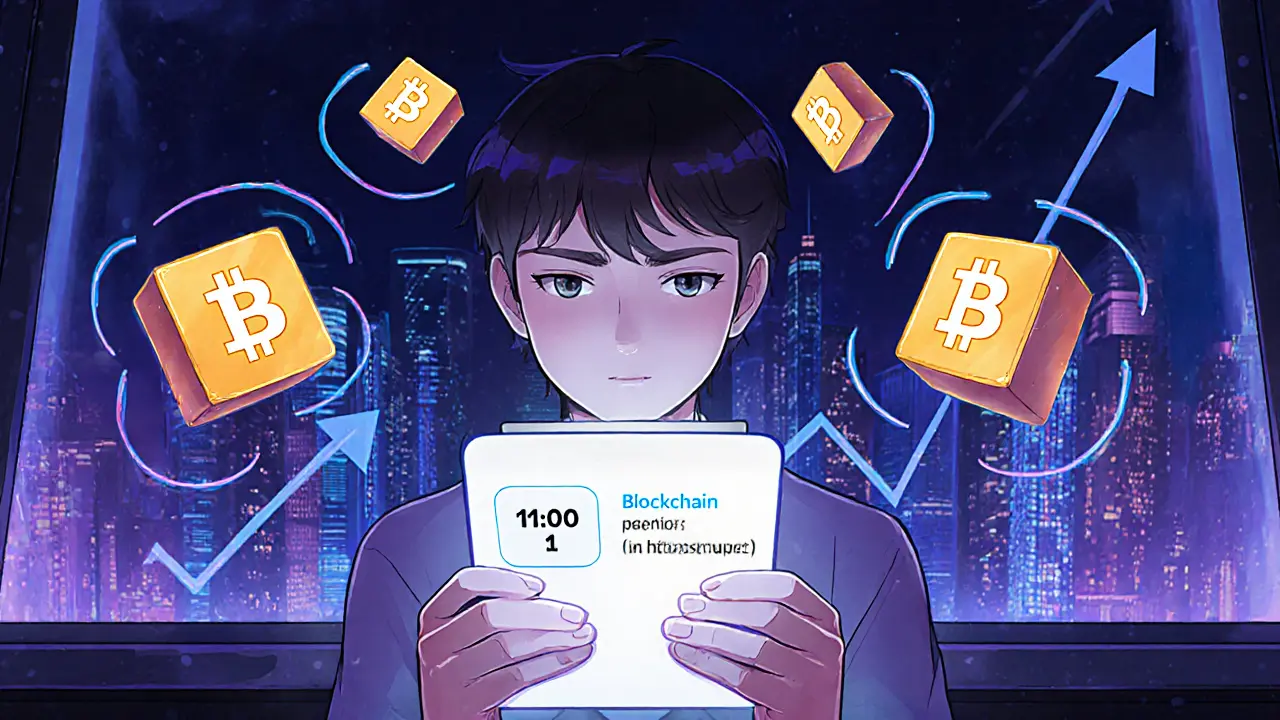Transaction Speed in Crypto: Why It Matters and How It Affects Your Trades
When you send crypto, transaction speed, how quickly a blockchain confirms and records a transfer. Also known as block confirmation time, it’s not just a number—it’s the difference between catching a price dip or watching it vanish. If your swap takes 15 seconds, you’re ahead of most networks. If it takes 15 minutes, you’re already late.
Transaction speed isn’t just about waiting. It affects everything: blockchain throughput, how many transactions a network can handle per second determines if a DApp stays usable during a meme coin rally. DeFi transaction latency, the delay between sending a trade and seeing it execute can cost you hundreds in slippage on Uniswap or PancakeSwap. And when you’re staking or farming, slow confirmations mean delayed rewards—or worse, failed transactions that eat your gas fees.
Some chains, like Solana and Polygon, were built for speed. Solana processes over 65,000 transactions per second. Ethereum? Around 15. That’s why memecoins explode on Solana and die on older networks. Speed also matters for real-world use: imagine paying for coffee with crypto that takes 10 minutes to clear. No one’s doing that. But with fast chains, it’s already happening in places like El Salvador and parts of Southeast Asia.
High transaction speed doesn’t mean nothing breaks. Faster networks often trade off decentralization or security. But for traders, developers, and everyday users, speed is non-negotiable. You don’t need to understand proof-of-stake vs. proof-of-work—you just need to know which chains get your money where it needs to go, fast.
Below, you’ll find deep dives into the blockchains, tokens, and platforms that make or break transaction speed. From Solana memecoins that move in seconds to Ethereum alternatives that cut delays by 90%, these posts show you what’s actually working in 2025—not just what’s hyped.
- November 4, 2025
- Comments 1
- Cryptocurrency

